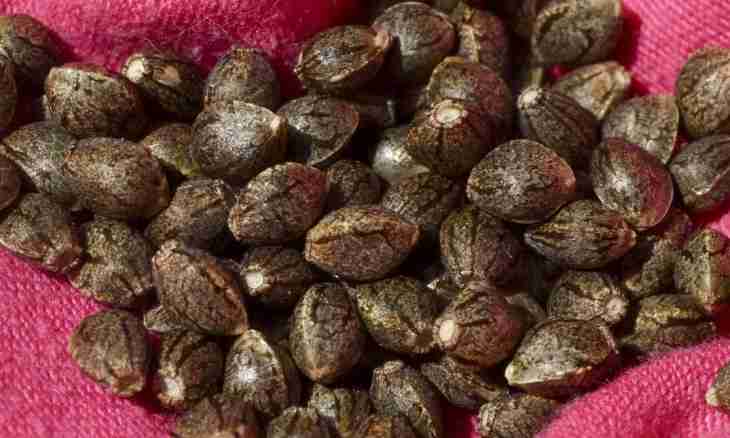Seed – group of the higher plants, the most numerous. There are 2 departments: gymnospermous and angiospermous plants. Gymnospermous do not form fruits, seeds of Angiospermae are put into fruits. The seed represents the body having inside a plant germ.
Instruction
1. The most widespread classes representatives of gymnospermous: gnetovy, ginkgovy, coniferous. The representative of ginkogvy – a ginkgo two-bladed, other types died out. He represents a high listopadny tree, a sheet plate fan-shaped. Seeds of a ginkgo two-bladed large, the external cover is edible.
2. The sort gnetum, including about 30 tropical types belongs to gnetovy. Are presented generally by lianas, is more rare – bushes and small trees. A sheet plate wide, leathery, seeds of many of them are edible. Also the sort of an efedr to which about 40 types belong belongs to gnetovy. Evergreen leafless bushes grow in droughty areas. From an efedra hvoshchevy receive strong alkaloid the ephedrine exciting nervous system.
3. The most famous representatives of a class coniferous: pine, fir, fir-tree. Coniferous leaves needle or scale-like are evergreen trees or bushes. From listopadny – a larch. At coniferous very developed root system, a powerful trunk, the numerous pitch courses in bark. Wood of coniferous is widely used in the industries, as well as essential oils.
4. Angiospermae during evolution find a new growth – a flower, body of reproduction. Seeds are surrounded with the fruit protecting from damages. The department Angiospermae includes class bichromatic and a class monocotyledonous. At monocotyledonous a stalk grassy, a root system mochkovaty, simple leaves and a tripartite flower. Most of them are pollinated by wind.
5. Many of monocotyledonous are grown up by the person, such as cereals. Grain plants are generally presented by herbs, an exception – a bamboo. Carry a rye, barley, wheat, oats, corn, rice to grain. A stalk of cereals inside hollow, and flowers are collected in cones. Onions plants also are monocotyledonous: onion, ramson, garlic, tulips, lilies, hyacinths.
6. Bichromatic plants core, a stalk can have a lignified root system, leaves meet also difficult, and a flower – five-membered. Pollination happens generally by means of insects. The family a rose family is presented by fruit-trees: apple-tree, cherry, plum, pear, apricot. Others are decorative, such as rose. From bushes raspberry and a dogrose belong to a rose family.
7. Family fruits bean are used in food: peas, haricot, chick-pea, peanut, soy. There are among bean also trees: white acacia, and bushes: yellow acacia. Family a class cruciferae family bichromatic also has edible fruits: cabbage, radish, horse-radish, mustard, swede. Other cruciferae family is used in medicine: gillyflower, mattiola, alison. Many are weed: shepherd's bag, winter cress ordinary, wild radish.
8. Solanaceous plants also are bichromatic: potatoes, tomato, eggplant, pepper, tobacco. Solanaceous plants a henbane black and a dope ordinary emit dangerous poison. The family astrovy differs in an inflorescence in the form of a basket. His representatives are sunflower, an aster, a cornflower, a dandelion, a calendula.

